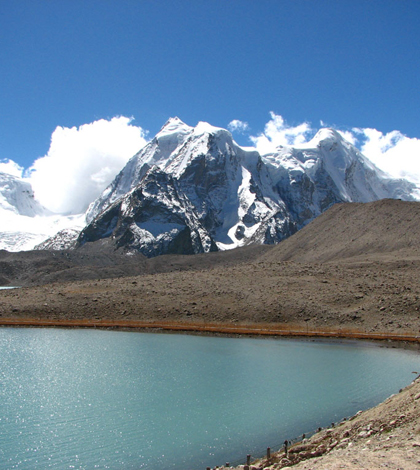Poor Water Quality In Himalayan Region Thanks To Human Activity, Global Warming

Climate change has many effects, some of which are not so obvious. Although it has been widely acknowledged that rising temperatures have contributed to advanced glacier melt and a significant increase in glacier meltwater, the more subtle effects of global warming, such as increases in soil erosion and sediment release, have not been considered to the same extent.
Unfortunately, as a release from Lappeenranta University of Technology explains, increases in meltwater, soil erosion and sediment release mean a significant decrease in water quality for areas surrounding glacier melt. Even worse, the Himalayan region affected by these forces is also home to large Chinese and Indian populations totaling about 40 percent of the world’s population.
Scientists at the university found high levels of mercury, cadmium and lead in the water from high altitude lakes in the Himalayan region, suggesting pollutants from human activity further down the mountains had been carried through the atmosphere to waters higher up. In addition, results showed that higher temperatures were melting Himalayan tundra, releasing large amounts of carbon that further affected water quality.
Top image: Himalayan Lake (Credit: mendhak, via Creative Commons 2.0)





0 comments